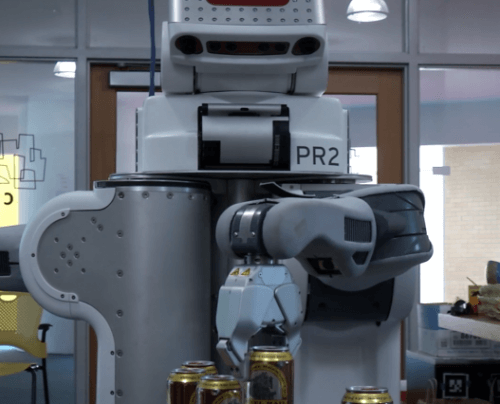Researchers from MIT's Computer Science and Artificial Intelligence Laboratory classified the uncertainty factors that affect the robot's actions into three areas: the image of the world it perceives through its sensors, which may be misleading and partial; Unexpected results of his action, to which reactions were not defined in advance; and communication disruptions

One of the significant challenges facing developers of robotic systems is planning to perform tasks in the "real world", that is, an environment where humans act and function, which includes an element of uncertainty due to changing conditions.
Researchers from MIT's Computer Science and Artificial Intelligence Laboratory classified the uncertainty factors that affect the robot's actions into three areas: the image of the world it perceives through its sensors, which may be misleading and partial; Unexpected results of his action, to which reactions were not defined in advance; and communication disruptions, which have a decisive effect when it comes to cooperation between several robots required to carry out a common task, such as the transport of various items according to user demand: equipment in hospitals, food or beverages, or rescue equipment and others in disaster areas.
The researchers' approach to solving this problem included programming the robots according to sets of possible scenarios in different situations: for example, a robot sent to carry some cargo, which it will receive from another robot, may find the other robot busy delivering to a third robot; Or the other robot is not where it was expected to be. For this purpose, the researchers developed algorithms that allow the robots to coordinate their actions with each other, when the conditions of the action are flexible and the results are not unambiguous. The researchers are currently testing the method they developed in different environments, some real (such as dispensing drinks in an office building) and some in simulation.
More of the topic in Hayadan:
